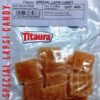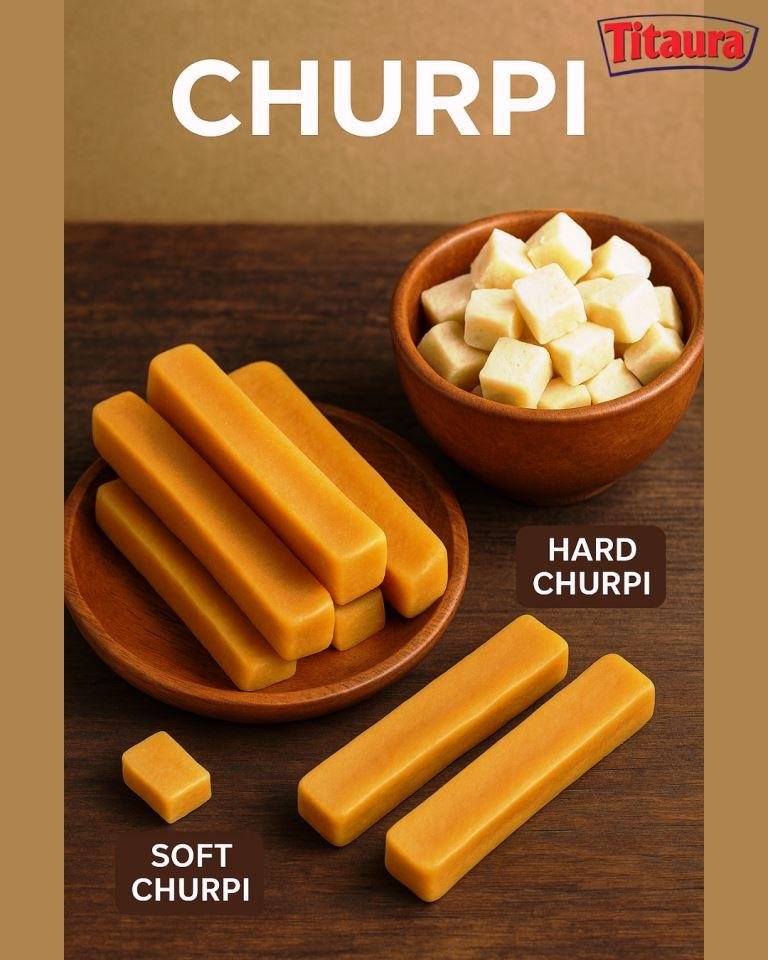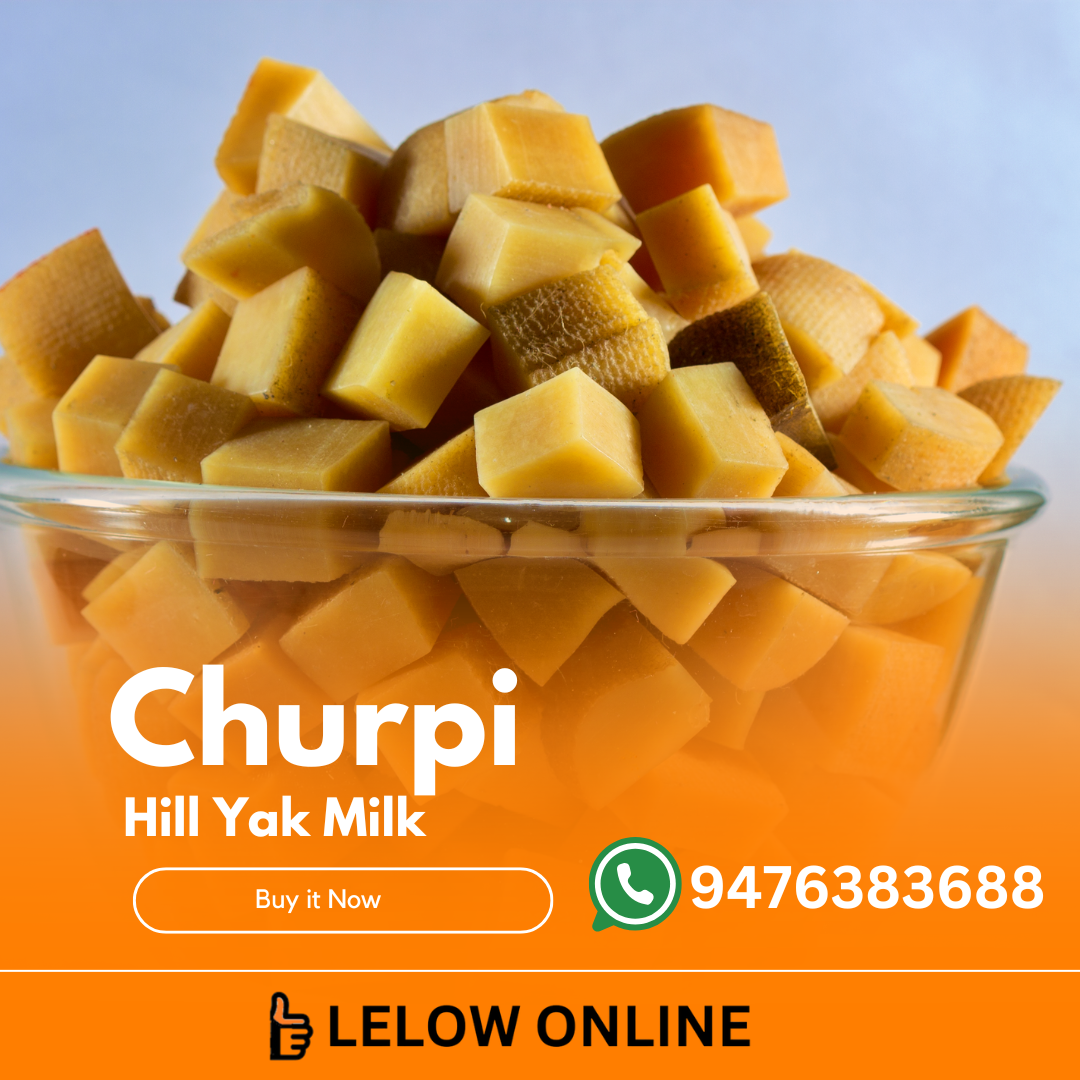Sweet and Sour Titaura, indulge in the perfect blend of sweet and sour with Titaura! This tangy, spicy, and irresistibly flavorful snack is your go-to treat for study sessions, road trips, or anytime cravings. Discover why Titaura is the ultimate flavor-packed delight! 🥭🌶️ #Titaura #SweetAndSour #SnackTime
Search Box (All Fields Optional)
Showing 1 – 4 out of 4
Page 1 out of 1
| Thumbnails | Products | Price | Quantity | Action | |
|---|---|---|---|---|---|
|
|
 |
Lamo Candy Titaura (5 Packets)
Lamo Candy Titaura, Taste Profile: Khatta meetha” or “sweet and sour” taste Profile, discover everything about this iconic snack! Learn its history, ingredients, health benefits, where to buy, and why it’s a tangy, sweet, and spicy favorite. Perfect for foodies and snack lovers! |
₹380.00
|
Out of stock |
|
|
|
 |
Special Lapsi Candy Titaura (5 Packets)
Special Lapsi Candy (5 Packets) Special Lapsi Candy Titaura – the ultimate Nepali snack that’s both addictive and nostalgic! |
₹380.00
|
Out of stock |
|
|
|
 |
Titaura Combo 5 Flavours
Titaura Combo 5 Flavours
– Amp Piro
– Aam Jhol
– Lapsi Dallo Masala
– Lapsi Gulliyo Piro
– Piro Patta |
₹380.00
|
|
|
|
|
 |
Amilo Piro Chatpat Bayer Titaura (6 Packets)
Amilo Piro Chatpat Bayer Titaura |
₹380.00
|
Out of stock |
Titaura: The Tangy, Spicy, and Sweet Nepali Snack You Need to Know!
Have you ever experienced a flavor explosion in your mouth? That’s what it’s like to try Titaura (तीतोौरा), a beloved snack hailing from Nepal and the Darjeeling region of India. This isn’t your average sweet treat; Titaura offers a unique blend of tangy, spicy, sweet, and sometimes salty notes that will tantalize your taste buds and leave you craving more.
What Exactly is Titaura?
At its heart, Titaura is a fruit-based snack made by drying and processing various fruits, most commonly the Lapsi (Nepali Hog Plum). However, you’ll also find delicious variations made from mango, tamarind, amla (Indian Gooseberry), and even lemon.
The magic of Titaura lies in its complex flavor profile. Imagine the initial sourness of the fruit, perfectly balanced by the sweetness of added sugar or jaggery, a hint of salt to enhance the other tastes, and a fiery kick from chili powder and other aromatic spices. The texture is typically chewy, sometimes a little sticky, and can range from thin, pressed sheets to small, bite-sized balls.
Why is Titaura So Popular?
Titaura’s popularity stems from several factors:
- Unique Flavor Combination: The interplay of sweet, sour, spicy, and salty is incredibly addictive and satisfying. It’s a snack that truly wakes up your palate.
- Variety: With different fruits and spice blends, there’s a Titaura for every preference. Whether you prefer a dominant sourness, a strong spiciness, or a sweeter profile, you’re likely to find a variety you’ll love.
- Cultural Significance: In Nepal and Darjeeling, Titaura is more than just a snack. It’s a part of daily life, found in school canteens, local markets, and homes. It often evokes nostalgic memories for those who grew up enjoying it.
- Convenience: It’s a portable and easy-to-eat snack, perfect for on-the-go munching, study sessions, or a quick flavorful treat anytime.
Exploring the Delicious World of Titaura Varieties:
The beauty of Titaura lies in its diverse forms. Here are some popular types you might encounter:
- Lapsi Titaura: The most traditional and widely loved variety, made from dried Lapsi. It often strikes a perfect balance of sweet, sour, and spicy. You might find it as Lapsi Dallo (small balls) or pressed into flat sheets.
- Mango Titaura (Aamp Piro): Captures the sweet and tangy flavor of mangoes, enhanced with spices for a delightful kick. It’s particularly popular during mango season.
- Imli Titaura: For those who love a pronounced sour taste, tamarind-based Titaura is a fantastic choice, often balanced with sweetness and spice.
- Amala Titaura: Made from Indian Gooseberry, this variety offers a unique slightly bitter and sour taste, often appreciated for its health benefits as Amla is rich in Vitamin C and antioxidants.
- Kagati (Lemon) Titaura: A zesty and tangy option made from dried lemons, offering a refreshing twist.
- Chatpat Masala Titaura: This often refers to a mix with a particularly strong spicy and tangy flavor, sometimes combining different fruits or fruit pulp with a generous amount of spices.
- Bechi Patta/Tukra Titaura: Made from the seeds and pulp of Lapsi, offering a slightly different texture and intense flavor.
- Chinni Patta Titaura: A sweeter variety, often coated with sugar crystals for an extra sugary crunch.
Health Benefits of Titaura (Depending on the Fruit):
While Titaura is primarily enjoyed for its taste, some varieties offer potential health benefits depending on the main fruit used:
- Lapsi: Rich in Vitamin C, which can boost immunity.
- Mango: Contains vitamins A and C.
- Tamarind: May aid digestion.
- Amla: An excellent source of Vitamin C and antioxidants, known for boosting immunity and promoting healthy skin and hair. Some studies suggest it may also help regulate blood sugar levels.
However, it’s important to note that Titaura often contains added sugar and salt, so moderation is key.
How is Titaura Made? (A General Overview)
The traditional process of making Titaura involves:
- Fruit Preparation: The chosen fruit is washed, and prepared (peeled, cut, or pulp extracted). For harder fruits like Lapsi, boiling might be involved to soften them.
- Mixing: The prepared fruit is mixed with sugar (or jaggery), salt, chili powder, and various spices like cumin, coriander, black pepper, and sometimes a pinch of hing (asafoetida).
- Drying: The mixture is then spread thinly on mats or trays and sun-dried until it reaches the desired chewy consistency. Some modern methods might use dehydrators for a faster and more controlled drying process.
- Shaping and Cutting: Once dried, the Titaura can be cut into strips, shaped into balls, or sold as flat sheets. Sometimes, it’s further seasoned or coated with sugar.
Where to Buy Titaura:
If you’re not in Nepal or Darjeeling, don’t worry! You can still experience the delightful taste of Titaura. Look for it in:
- Online Nepali or Indian grocery stores: Many online retailers specialize in South Asian snacks and often carry various types of Titaura.
- Local international grocery stores: Stores that stock products from Nepal or India might have Titaura in their snack aisles.
- Specialty food stores: Some gourmet or specialty food stores that carry unique and international snacks might also stock Titaura.
Popular online options include:
- [Search for “buy titaura online” on major e-commerce platforms]
- Websites specifically dedicated to Nepali products.
Conclusion:
Titaura is more than just a snack; it’s a flavorful journey that embodies the culinary heritage of Nepal and the surrounding regions. Its unique blend of tastes and textures makes it an irresistible treat for adventurous eaters and those seeking a taste of authentic Nepali flavors. So, go ahead, explore the world of Titaura, and get ready for a delightful explosion of sweet, sour, and spicy goodness!






Leave a Reply